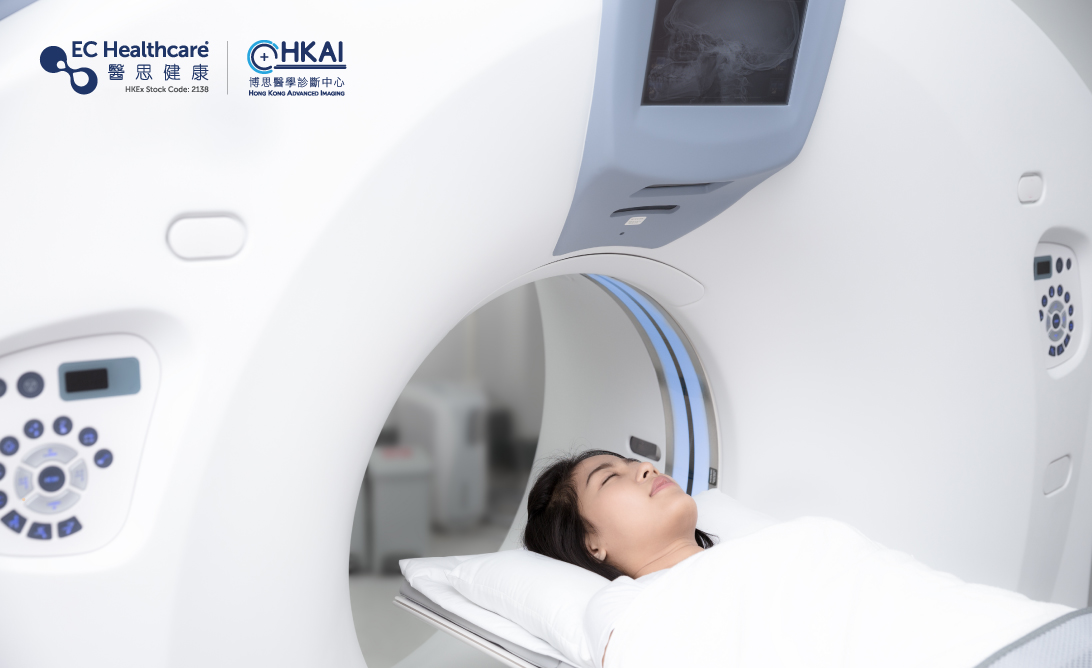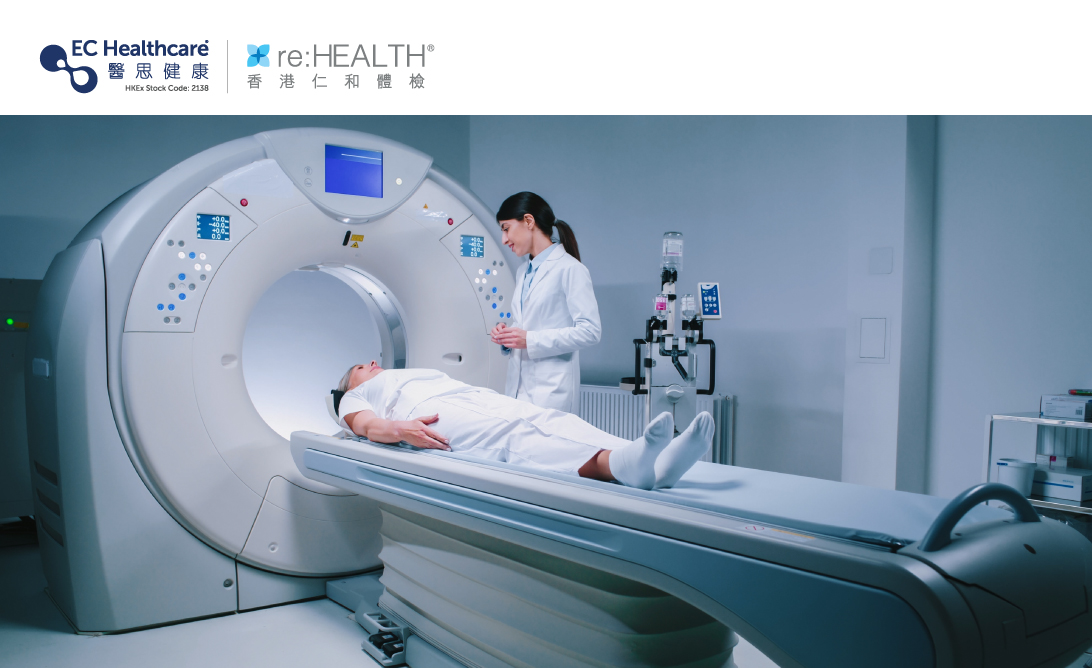Unveiling the Silent Nature of Early-Stage Ovarian Cancer: Often Misdiagnosed as Gastrointestinal Disorders


Persistent gastrointestinal discomfort can sometimes indicate advanced-stage cancer! In Taiwan, there was a case of a 34-year-old non-smoking, non-drinking woman who followed a light and easily digestible diet. However, her gastrointestinal function gradually weakened, experiencing frequent abdominal pain and constipation. It was only after a thorough examination that she was diagnosed with advanced-stage ovarian cancer.
Through abdominal magnetic resonance imaging (MRI) and computed tomography (CT) scans, doctors discovered a significant mass measuring approximately 16cm on the right side of the woman's uterus, accompanied by a large amount of ascites. Unfortunately, cancer cells had also metastasized to both the left and right lobes of the liver, revealing multiple abnormal nodules, with the largest nodule measuring nearly 3cm. Ultimately, a diagnosis of advanced-stage ovarian cancer was confirmed.

Subtle Symptoms of Early-Stage Ovarian Cancer
Due to the ovaries being deeply situated within the pelvic cavity, early symptoms of ovarian cancer are often inconspicuous, earning it the nickname "silent killer." Even when symptoms do manifest, they may appear as abdominal bloating, flatulence, nausea, belching, frequent urination, or lower abdominal pain, easily mistaken for common gastrointestinal issues, leading to the neglect of the underlying condition. As the disease progresses, ovarian cancer may advance to stage III or IV before being detected, significantly reducing the survival rate.
In Hong Kong, there has been a steady increase in the incidence and mortality rates of ovarian cancer among women. Particularly, individuals with a family history of ovarian cancer, those who gave birth after the age of 30 or never experienced childbirth or breastfeeding, as well as women who had their first period before the age of 12 or reached menopause after the age of 55, belong to the high-risk group for ovarian cancer.
Early Detection of Ovarian Cancer Can Achieve a 93% Survival Rate
Specialized doctors can detect symptoms early through routine gynecological examinations. During this process, methods such as ultrasound, blood tests, and computer scans are utilized to determine the size of tumors, whether they are benign or malignant, and the extent of the affected area.
Generally, the earlier ovarian cancer is detected and treated, the higher the chances of cure. Patients in Stage I have a five-year survival rate of up to 80%. For Stage II patients, the five-year survival rate ranges from 60% to 70%. In Stage III, the five-year survival rate drops to 30% to 40%. Finally, in Stage IV, the five-year survival rate is only 10% to 20%.
It is evident that early physical examinations and imaging diagnoses are the most effective methods for reducing the risk of death. If you are also among the high-risk individuals, it is crucial to promptly schedule regular health check-ups to avoid the threat of cancer.
Related Brands










